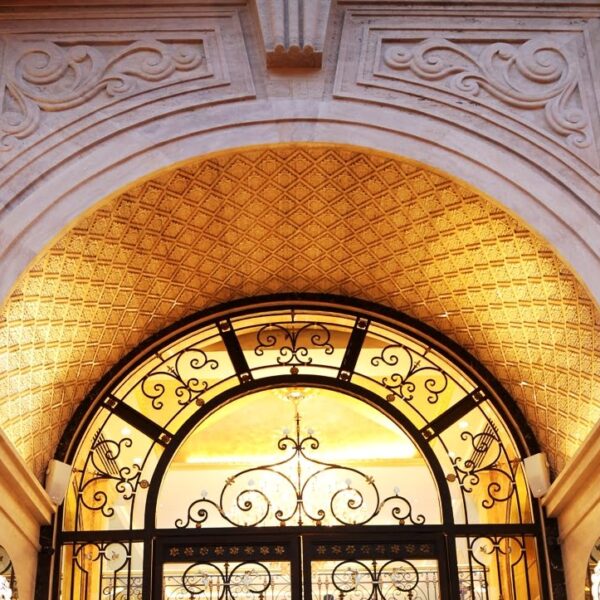Stone wall cladding makes buildings look elegant while providing strong and lasting protection. The method of attaching natural or engineered stone as a thin layer helps create beautiful and practical designs. Stone cladding enhances buildings by giving them an elegant appearance in both public and private settings.
 Types of Stone Wall Cladding
Types of Stone Wall Cladding
Your decision for a stone cladding should follow your location, spending plan, and preferred style. These are the most popular materials that manufacturers currently offer:
1. Stone Dry Cladding
Stone dry cladding uses steel-based installation systems to secure stone panels to walls by bypassing standard cement-based attachment. The system helps different materials naturally expand or contract without causing damage to buildings. Dry cladding systems work better than other materials in wet areas because they reduce dampness and provide effective airflow.
2. Anchor Wall Cladding
Anchor wall cladding applies strong metal fasteners or anchors to fix stone slabs onto building exteriors. Building developers trust this system for its durability in structures of all heights and types. Anchor cladding systems offer better bearing strength to boost stone facade safety and usage duration with their natural stone appearance.
3. Designer Stone Wall Cladding
Designers and homeowners who want distinctive style options can explore every texture type and every color of designer stone wall cladding. Using designer stone wall cladding helps you create beautiful designs in any space based on your chosen style of rustic, modern, or traditional. People typically use designer stone for luxury interior designs as well as special wall features, fireplaces, and upscale commercial settings to make strong visual effects.
Advantages of Stone Wall Cladding
1. Aesthetic Appeal
Stone cladding boosts the natural look of structures by creating exciting effects for interior and exterior walls. Different stone types including granite limestone sandstone and slate bring unlimited designer choices.
2. Durability and Strength
Natural stone stays strong through weather changes and constant use without losing its durable value. Adding cladding to buildings creates strong protection against water damage plus structural and external harm.
3. Low Maintenance
Stone cladding walls need far less maintenance compared to painted or tiled surfaces. Stone cladding stands up to daily wear better than other surfaces because it resists fading and staining.
4. Thermal and Sound Insulation
Stone blocks heat naturally to keep interiors warm or cool while using less power. Its sharp edges help block sounds while naturally isolating temperature inside rooms.
5. Increased Property Value
Stone cladding materials that meet high standards increase the market value of real estate. Stone cladding offers both beauty and endurance that attracts market watchers to consider investment possibilities.
Applications of Stone Wall Cladding
Stone cladding can arrange different design elements for multiple architectural assignments:
- Exterior Facades – Making homes buildings look more attractive from the street and adding beauty to office and hotel spaces.
- Interior Accent Walls – Placing decorative stone in key areas of living rooms, bedrooms and offices for visual effect.
- Fireplaces and Chimneys – The design creates welcoming environments inside buildings and homes.
- Garden and Outdoor Features – Making landscape walls more beautiful and decorating outdoor patios along with water features.
Why Choose K.W. Stone for Stone Cladding?
Customers can select from K.W. Stone’s premium stone materials and benefit from professional installation services. They produce perfect results that last while creating beautiful work that matches your requirements.
Conclusion
Stone wall cladding looks beautiful in buildings because it offers performance advantages that endure over time. Stone cladding options such as dry brick veneer and designer paneling improve your property value while adding elegance to it.

